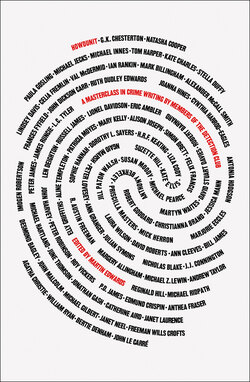Читать книгу Howdunit - Группа авторов - Страница 24
People
ОглавлениеA crime novel – any novel – with dull characters is destined to fail. A strong plot and a fascinating setting are important, but unlikely to compensate for a failure to create interesting people. This is not to say that the characterization needs to be exceptionally sophisticated. Agatha Christie’s murder suspects were usually drawn with a few brief strokes, and characterization was not her greatest strength; yet her people are recognizable human types, their presentation sometimes enlivened with touches of humour, for which she had an underestimated talent. This element of universality helps to explain the enduring popularity of Christie’s work with people the world over, many of whom have never visited an English country house or met a butler or an elderly female amateur detective.
Skill at characterization is highly prized by writers, publishers, and readers alike. It doesn’t matter so much if a character is not likeable or behaves badly. That’s par for the course in a crime story. Readers can still care about the character’s fate. The enduring appeal of Patricia Highsmith’s amoral Tom Ripley illustrates the point; he’s not so much a series detective as a series sociopath. But if readers aren’t bothered about what Fate may have in store for a character, the wise writer will rethink.
Mark Billingham has explained on his website how he always envisaged that his most famous character, DI Tom Thorne, would develop book by book, and would never become predictable. He took the deliberate decision not to describe Thorne physically, and made sure that his detective carried with him the events that had shaped his life; he ‘is someone who deals with violent death, with terrible grief, and it would be ludicrous, inhuman, if he remained untouched by such things’.
